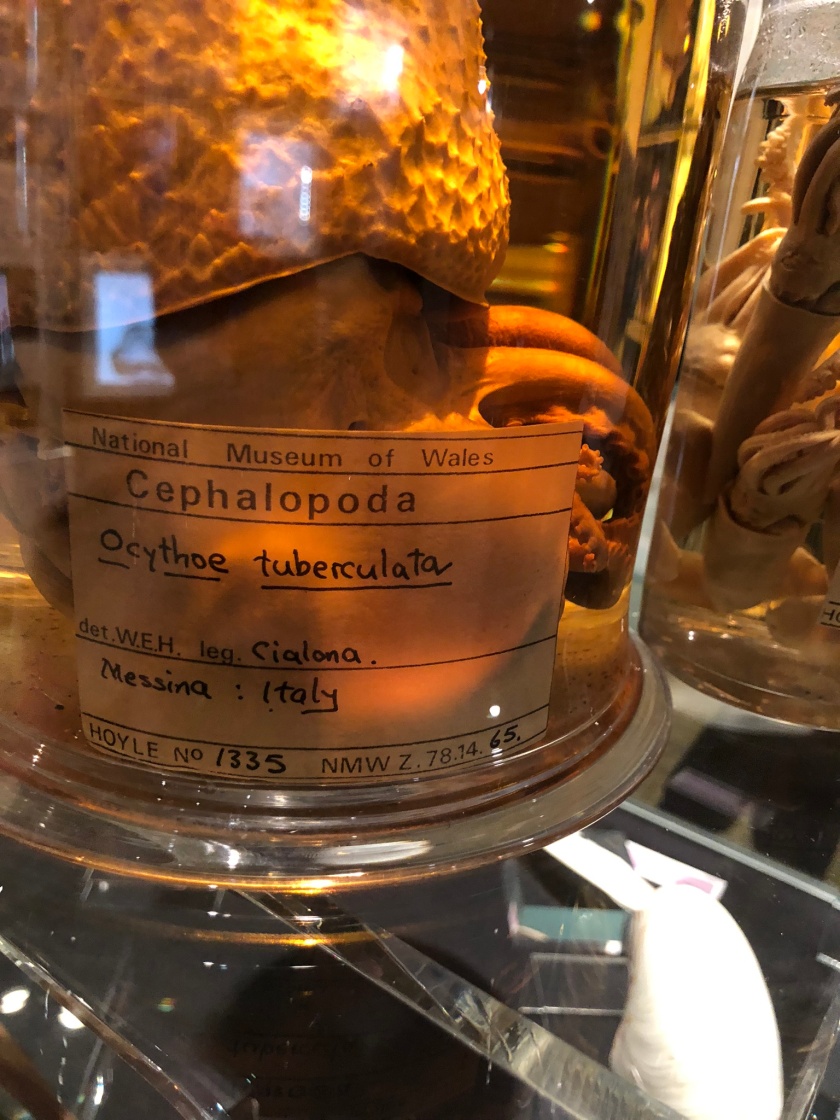On our second working day in the museum, we were sent to create some stop motion animations by walking around the collections and seeing what caught our eyes, we were told this would give us a different perspective of the museum, and to be fair I was surprised by the different things that I noticed due to looking for different shapes to use within the animation. I decided to focus on circles, so started off with a basic ceramic pot, and managed to pretty much get around the whole of the natural history sections by following different types of circles. I will include a link below to watch the video on YouTube, as you watch you may notice that the circle starts off in the centre, and manages to move across to one side, I think just due to finding things that were not perfect circles I was not able to keep it in exactly the same place as I wanted. I thought this was quite a successful one but I know now how to improve it. I think I would like to use animation again more in my work, I never used to think about it, but now even if I am thinking of a textiles-based piece at the end, I could use animation to give it some movement and flow.
Watch the first animation here:
I then returned to the Clore Discovery centre where the drawers were full of objects that could be taken out and handled, including a variety of different animal skulls, including wolf, dog, cat, seal and horse just to name a few. I had a go at creating some stop motion animations where the skulls were just moving, turning, just seeing what I could do with them to give them a little storyline within the animations.
These can be seen below:
I then began to look at the drawing sheet, which instructed us to draw an object, the same one at the same angle, but starting off with a more fluid movement, then going more into detailed line drawing. I did this using the dog skull as I liked the long fang at the front of it, something that could be linked throughout all of the 12 images to link them together. I then made these images into the stop motion video seen below:
Overall my first experiences into animations and filmmaking were successful and have not discouraged me from using the software again, I really liked the first circular one and was keen to find more things to photograph to add to the length of the video. When I reached the butterfly and had a go at making the circle grow and shrink I thought this was a really effective bit, and in hindsight would have included more of these, so I may do another video like this at some point to show improvement with the software.
Next I plan on carrying on with some sketches of the objects I wanted to portray, namely the skulls.















